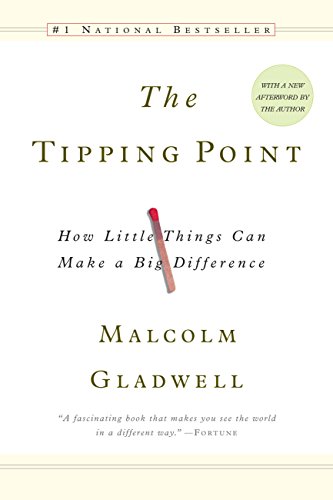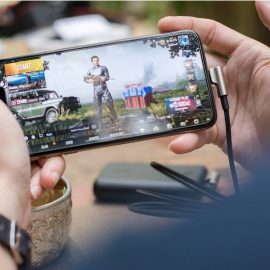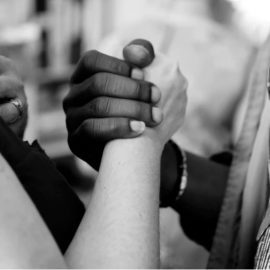

This article is an excerpt from the Shortform summary of "The Tipping Point" by Malcolm Gladwell. Shortform has the world's best summaries of books you should be reading.
Like this article? Sign up for a free trial here .
We don’t think of weak ties as good things–aren’t lasting friendships and deep connections what matter?
We’ll cover why weak ties are important, especially in business and marketing. Learn why you should have a “connector,” someone with many weak ties, on your team.
Weak Ties and Connectors
The Law of the Few is about the people who spread messages, ideas, or viruses and cause epidemics to tip. These are specific types of people who have the contacts, knowledge, and social skills to effectively spread an idea far and wide.
Connectors: People With Strong Social Networks
To understand the benefit of weak ties and weak ties theory, we need to understand connectors. Connectors are people who seem to know everyone. You can find Connectors in every walk of life. Connectors are sociable, gregarious, and are naturally skilled at making — and keeping in contact with — friends and acquaintances.
The Strength of Weak Ties
Connectors are not close with all their connections. In fact, Connectors’ power is in having lots of acquaintances, or “weak ties.” Acquaintances create a wider reach because they typically occupy different social circles and communities, exposing them to different people and information than you encounter.
Weak ties can help spread a message beyond your reach because they belong to different worlds than you do. On the other hand, your friends’ knowledge and social ties tend to largely overlap with your own. Your friends can help spread a message in the same communities you occupy, which doesn’t do much to expand your reach in spreading a message.
A study by a group of psychologists found that although we tend to develop relationships with people who are similar to us (e.g. age and race), proximity plays a bigger role than similarity in choosing friends. This means that if someone lives down the street from you, you’re more likely to develop a friendship with her than with someone who you have more in common with but who lives an hour away. You’re also likely to be exposed to a lot of the same news, people, and information. This is the disadvantage of strong, rather than weak, ties.
Connectors Bring People Together Through Weak Ties
Connectors tend to be connected to many communities — whether through interests and hobbies, jobs that cause them to work with people in other fields, or other experiences. Their strength is in occupying many different worlds, and bringing them together. They do this through weak ties.
(Shortform example: A Connector may be a journalist who interviews many different people for her work, who also plays on a recreational volleyball team, and is a regular at the local rock climbing gym, as well as a familiar face at her church, and also active and well-known in a specific online forum. She knows many people in these communities on a first-name basis and would be able to connect them if, for example, someone on her volleyball team were looking for a lawyer, and she happened to know a great one who attended her church. This journalist has many weak ties.)
In the small-world experiment, psychologist Stanley Milgram discovered that half of the letters were ultimately delivered to the stockbroker by only three people. Although everyone is linked by just six degrees of separation, a small group of people are connected to a disproportionately large number of people. Those few, well-connected people are the Connectors. Their connections don’t need to be strong. Weak ties can be powerful.
(Shortform note: The notion that a handful of powerful people can spread a message further and more effectively than the rest of the population is called the Influentials theory, and has been a staple in marketing for 50 years. However, several more recent experiments by network-theory scientist Duncan Watts determine that these rare trendsetters — or hubs, in his experiment — are no more influential in spreading an idea than the rest of the population. Watts recreated Milgram’s small-world experiment with email and found that only 5 percent of messages passed through Connectors. Additionally, Watts has found that the public’s mood and susceptibility to influence at a given time is a far greater determinant of whether an epidemic tips than the strength of the influencer spreading the idea.)
———End of Preview———

Like what you just read? Read the rest of the world's best summary of "The Tipping Point" at Shortform . Learn the book's critical concepts in 20 minutes or less .
Here's what you'll find in our full Tipping Point summary :
- What makes some movements tip into social epidemics
- The 3 key types of people you need on your side
- How to cause tipping points in business and life






